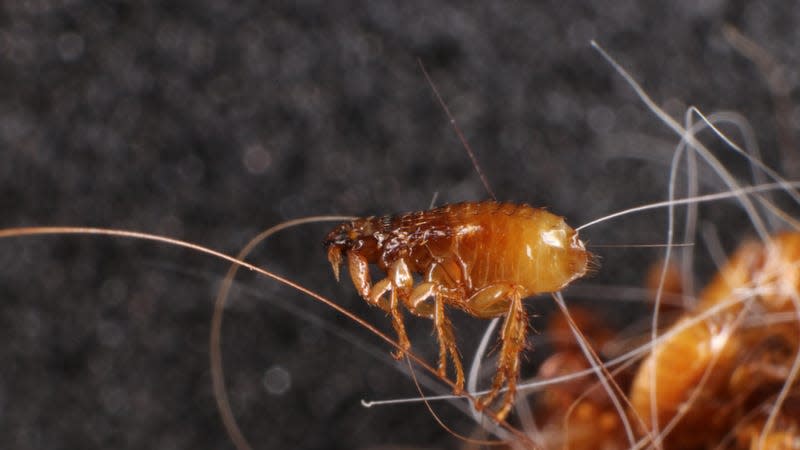Los Angeles Has a Growing Typhus Problem, Thanks to the Fleas

A disease spread by fleas is becoming more common and deadlier in Los Angeles, California. In a new report this week, health officials say that recorded cases of flea-borne typhus have steadily risen in LA since 2010, with the highest tally seen last year. Additionally, three people are thought to have died from typhus in 2022, the first such deaths reported in the area in three decades.
Flea-borne typhus is caused by the bacteria Rickettsia typhi. It’s a relative of the bacteria responsible for epidemic typhus, a disease that usually only appears and wreaks havoc during times of great human suffering, particularly wars. In contrast, flea-borne typhus is endemic in many parts of the world, though it tends to cause milder illness than its cousin. Symptoms include fever, headache, and a distinctive rash.
Read more
The bacteria’s natural life cycle typically starts with rats and other small mammals. Fleas feed on these hosts, becoming infected themselves. When the fleas reach their next meal, the bacteria is pooped out and can enter a new host through the bite or other open wounds. People can also contract infection by breathing in infected flea dirt or rubbing it into their eyes.
Flea-borne typhus used to be more common in the U.S., but improved sanitation and the availability of antibiotics have led to a substantial decline since the 1940s. By the 1980s, typhus became so rare that it was pulled off the list of nationally notifiable diseases. It does still periodically appear in parts of California, Texas, and Hawaii, however. And more recently, the incidence of typhus in these areas seems to have been climbing back up.
This latest paper was published Friday in the Morbidity and Mortality Weekly Report (MMWR), a journal maintained by the Centers for Disease Control and Prevention. In it, scientists with the CDC, the Los Angeles County Department of Public Health, and the California Department of Public Health have detailed the growing rise of typhus in Los Angeles.
In 2010, there were 31 reported cases of flea-borne typhus in LA County. By 2022, that number had jumped to 171 cases. That same year, three deaths linked to the infection were reported in LA as well, which were the first deaths associated with typhus in the area since 1993.
Flea-borne typhus usually isn’t life-threatening, but it can become fatal in rare circumstances. All three victims had other health conditions that might have increased the risk of severe illness. It’s also theoretically possible that a more virulent strain of typhus is now spreading in LA—a possibility that hasn’t been documented but should be monitored for, the authors say.
As for why typhus has become more common as of late, the authors bring up several theories. The Oriental rat flea (Xenopsylla cheopis) is the usual vector of typhus, but in suburban areas, the bacteria might now be hitching a ride more often with the cat flea (Ctenocephalides felis), which can infest a wide range of animals, including opossums, stray cats, and domestic pets. Rat populations in and around these hotspots might be growing as well, increasing the risk of transmission.
Notably, Texas has also been experiencing a resurgence of the disease lately. The authors say that more research is needed to understand these trends and to find ways to stem the tide of typhus in the U.S.
“Monitoring rodent, opossum, free-roaming cat, and dog flea infestations and the numbers of infected fleas is needed to understand disease ecology and more efficiently direct interventions to prevent disease in humans,” they wrote.
More from Gizmodo
Sign up for Gizmodo's Newsletter. For the latest news, Facebook, Twitter and Instagram.

